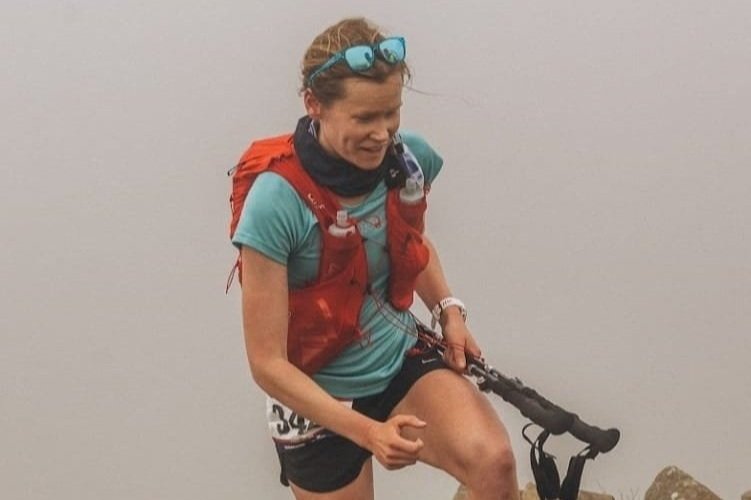WHY REHAB CAN BE LIKE BAKING A CAKE
We speak to a lot of athletes in search of the ‘best exercise/s’ for their injury. They have often put a lot of time into working on specific exercises and are left frustrated by disappointing outcomes. The conclusion is that it must be the wrong exercise or maybe they need more exercises. This can be an exhausting search because the reality is, that ‘best exercise’ for a given injury, doesn’t exist.
When we look at injury recovery, we are trying to increase our body’s ability to tolerate work. For a lot of people progress might be measured in pain during these activities or ‘can you do more for the same level of pain?’ It might be easier to see rehab a bit like baking a cake. You can use the same ingredients on two separate occasions but if the process, quantity, or environment changes, you can have a totally different outcome.
It is also worth noting there are many ways to get you back to sport. Like baking, rehab also requires a step-by-step process, and if you skip part of it, you might be left disappointed with the outcome. For example, starting exercises to load an injured area is important but, you may also need to modify your training to allow symptoms to settle and cope with new load. Without this you have likely missed a key ingredient for recovery.
Likewise, if you have adjusted training and started loading the area, you must also make sure to work on global strength deficits which may be contributing to overload in the injured area. You want to make sure that your rehab efforts are not wasted by neglecting other areas.
“Injury cause is almost always multifactorial, and we need to move away from blaming one thing or one muscle group. Keeping the focus too narrow is likely leaving you more at risk of your injury returning even if you get short term relief.”
In baking, the brand of ingredients rarely makes a difference to the overall outcome. As with exercises, if you are sufficiently loading an area and following a progressive process, the exact exercises you use can vary. However, the order these are applied can make a difference due to the complexity of movement and demands on your body/injured area. So, if you are struggling with one exercise, there are plenty more out there or you can try adjusting the ones you have.
Make sure you finish the course! Like that moment where the cake looks ready and you take it out of the oven, only to see it sink, stopping rehab too early can mean all that effort you have put in is wasted. Pain is not a good enough indicator of recovery to stop as soon as it is gone. When you are back up to full training with no issues, that might be the time to reduce to a maintenance programme for a few months. Remember strength work should be a non-negotiable component of any endurance athlete’s week.
Tip for success in your rehab:
1. Modify your training load so that pain is manageable and settling quickly after exercise
2. Make sure you work on global muscle strengthening
3. Make sure your rehab/S&C are progressive ie use more weight, reps, sets, change speed or add plyometrics.
4. Patience; there is no quick fix in injury rehab. Be wary when it is being offered.
Disclaimer: the above is not a substitute for medical/clinical advice. Please speak to a health professional if you are unsure or to get advice about your specific injury.
Meet the Author: Sophie Tabor (Physiotherapist)
Having Sophie onboard has been transformative to the service that we can provide our clients here at SFE. Our S&C and Physiotherapy teams can work in synergy to ensure you get the best outcome possible. We all know that injury is rarely a linear path with its natural ebb’s and flow’s, yet we are able to manage setbacks quickly and effectively, giving you the support, guidance and accountability that is needed.




